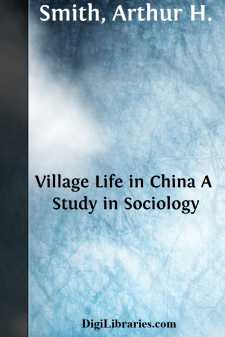Categories
- Antiques & Collectibles 13
- Architecture 36
- Art 48
- Bibles 22
- Biography & Autobiography 816
- Body, Mind & Spirit 145
- Business & Economics 28
- Children's Books 17
- Children's Fiction 14
- Computers 4
- Cooking 94
- Crafts & Hobbies 4
- Drama 346
- Education 58
- Family & Relationships 59
- Fiction 11834
- Foreign Language Study 3
- Games 19
- Gardening 17
- Health & Fitness 34
- History 1378
- House & Home 1
- Humor 147
- Juvenile Fiction 1873
- Juvenile Nonfiction 202
- Language Arts & Disciplines 89
- Law 16
- Literary Collections 686
- Literary Criticism 179
- Mathematics 13
- Medical 41
- Music 40
- Nature 179
- Non-Classifiable 1768
- Performing Arts 7
- Periodicals 1453
- Philosophy 66
- Photography 2
- Poetry 897
- Political Science 203
- Psychology 45
- Reference 154
- Religion 516
- Science 126
- Self-Help 85
- Social Science 82
- Sports & Recreation 34
- Study Aids 3
- Technology & Engineering 59
- Transportation 23
- Travel 463
- True Crime 29
Our website is made possible by displaying online advertisements to our visitors.
Please consider supporting us by disabling your ad blocker.
Village Life in China A Study in Sociology
by: Arthur H. Smith
Description:
Excerpt
THE CHINESE VILLAGE
There are in India alone over half a million villages. In all Asia, not improbably, there may be four times that number. By far the larger part of the most numerous people on the globe live in villages. The traveller in the Chinese Empire may start from some seaport, as Tientsin, and journey for several months together in the same general direction, before reaching its frontiers on the other side. In the course of such a tour, he will be impressed as only one who has ocular evidence can be impressed with the inconceivably great number of Chinese altogether outside of the great centres of urban population. Contrary to the current notions of Westerners, the number of great cities is not, relatively to the whole population, anything like so large in China as in Western lands. Many of the district cities, capitals of divisions analogous to what we call counties, are merely large villages with a wall and with government bureaus called yamêns. It is known that in India three-fourths of the population are rural. In China there is perhaps no reason for thinking the proportion to be less.
On such a journey as we have supposed, the traveller unacquainted with the Chinese, finds himself perpetually inquiring of himself: What are these incomputable millions of human beings thinking about? What is the quality of the life which they live? What is its content and its scope?
Questions like these cannot be answered intelligently without much explanation. The conditions and environment of Chinese life are so totally unlike those to which we are accustomed, that it is unsafe to take anything for granted. Amid certain fundamental unities the life of the Chinese is full of bewildering and inexplicable variety. No matter how long one may have lived in China, there is always just as much as ever that he never before heard of, but which every one is supposed to have known by intuition. The oldest resident is a student like the rest.
This state of things is the inevitable result of the antiquity of Chinese civilization, as well as of the enormous scale upon which it has operated to produce its effects. It is a sagacious remark of Mr. A. R. Colquhoun
that “the product resulting from duration multiplied by numbers must be immense, and if to this we add a third factor, isolation, we have no right to be surprised either at the complex character of Chinese civilization, or at its peculiarly conservative form.” For this reason a connected and orderly account of the phenomena of Chinese life we believe to be a hopeless impossibility. It would require the combined information of all the residents of China to make it complete, to coördinate it would be the work of several life-times, and the resultant volumes would fill the Bodleian library. The only practicable way to extend our knowledge of so oceanic a subject, is to examine in more or less detail such phenomena as happen to have come within our restricted horizon. No two persons will have the same horizon, and no horizon will belt a sphere....

